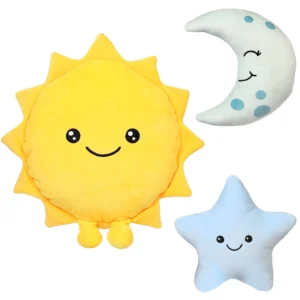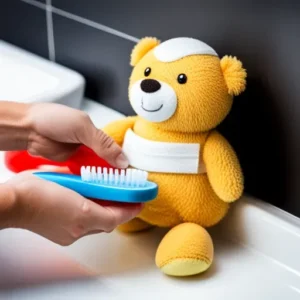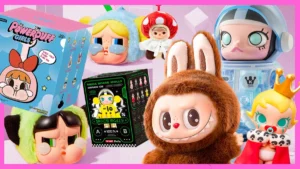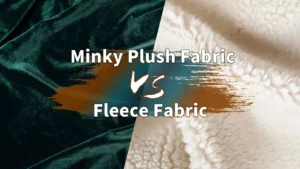Plush toys have a unique charm that transcends age, culture, and geography. Among countless cuddly creatures, one question often arises: What is the most common animal plush? Understanding the popularity of certain animal plush toys reveals fascinating insights into consumer preferences, childhood nostalgia, and even cultural trends worldwide.
Summary: The most common animal plush worldwide is the teddy bear, cherished for its timeless appeal and emotional connection. Its enduring popularity stems from classic design, sentimental value, and versatility across ages and markets.
Imagine walking into a toy store filled with shelves brimming with every imaginable plush animal. Yet, the teddy bear reigns supreme, silently telling stories of comfort and companionship for over a century. But what makes this plush animal so universally loved? Let’s dive deeper and explore the world behind the plush toys you and millions adore.
1. What animal plush toys are most popular worldwide?
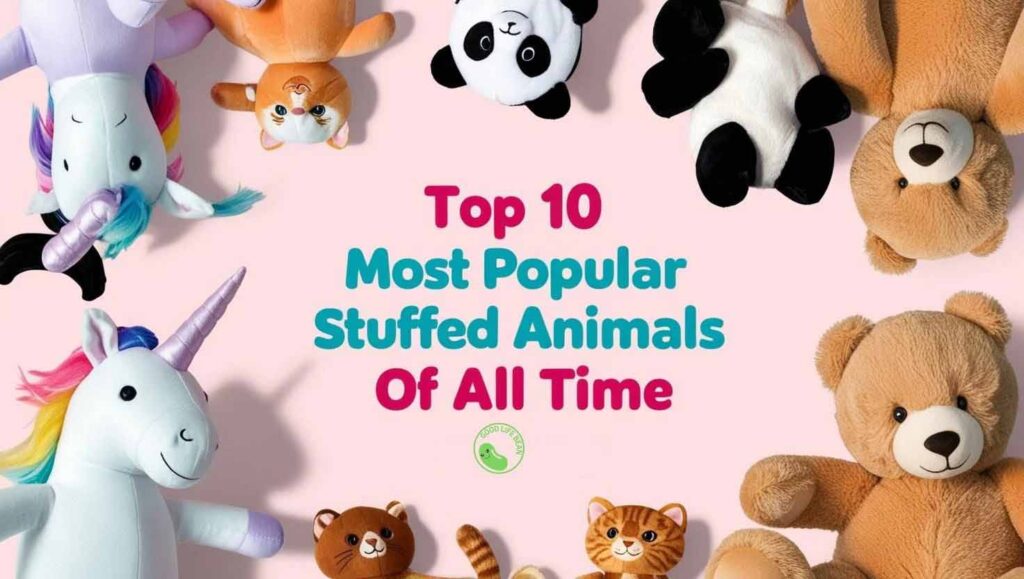
The teddy bear is the most popular animal plush globally, beloved for its classic design and emotional significance. It symbolizes comfort and childhood nostalgia, making it a perennial favorite among all age groups.
- Historical roots of the teddy bear: Originating in the early 1900s, teddy bears have been cherished gifts symbolizing love and security, helping establish their iconic status.
- Emotional connection and comfort: Plush bears are often the first companion for children, providing comfort that creates lifelong emotional bonds.
- Market dominance backed by sales data: According to industry reports, teddy bears account for over 40% of animal plush toy sales worldwide, consistently topping best-seller lists.
- Versatility in design: From traditional brown bears to colorful, themed variations, teddy bears appeal across demographics and occasions.
- Competing popular animals: While teddy bears lead, animals like dogs, cats, rabbits, and dinosaurs also have significant followings, reflecting regional and generational shifts.
| Key Aspect | Description |
|---|---|
| Most Popular Plush | Teddy Bear |
| Historical Roots | Originated in early 1900s; symbolizes love and security |
| Emotional Connection | First companion for children; provides comfort and lifelong emotional bonds |
| Market Share | Accounts for over 40% of animal plush toy sales worldwide |
| Design Versatility | From traditional brown to colorful themed variations |
| Other Popular Animals | Dogs, cats, rabbits, dinosaurs – popular regionally and across generations |
2. Which factors influence the popularity of specific animal plush toys?
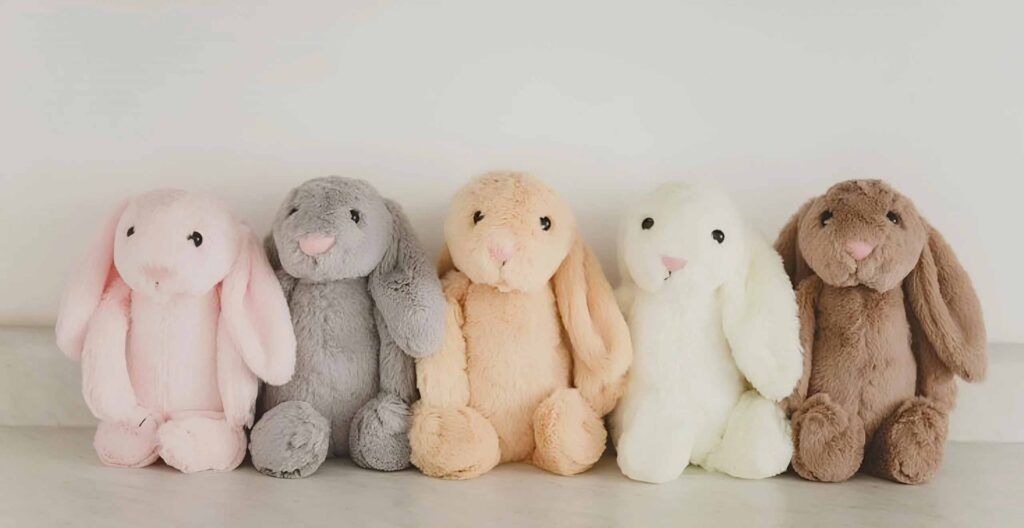
Design appeal, cultural significance, media exposure, and market trends heavily influence which animal plush toys become popular.
- Aesthetic and tactile qualities: Softness, size, color, and facial expressions heavily impact buyer choices.
- Cultural symbolism: Animals representing luck, protection, or national identity often gain regional popularity.
- Media and celebrity influence: Characters from popular movies, cartoons, and social media campaigns can skyrocket demand for specific plush animals.
- Seasonal and event-driven trends: Holiday-themed or limited edition plush toys attract collectors and casual buyers alike.
- Price and accessibility: Affordability and availability in local markets shape consumer decisions.
| Influencing Factor | Description |
|---|---|
| Aesthetic and Tactile Qualities | Softness, size, color, and facial expressions greatly affect buyer preferences |
| Cultural Symbolism | Animals symbolizing luck, protection, or national identity gain regional popularity |
| Media and Celebrity Influence | Popular movie characters, cartoons, and social media campaigns can boost demand |
| Seasonal & Event-Driven Trends | Holiday-themed or limited edition plush toys attract collectors and casual buyers |
| Price and Accessibility | Affordability and market availability strongly shape consumer decisions |
3. How do children’s preferences shape the demand for certain animal plush toys?
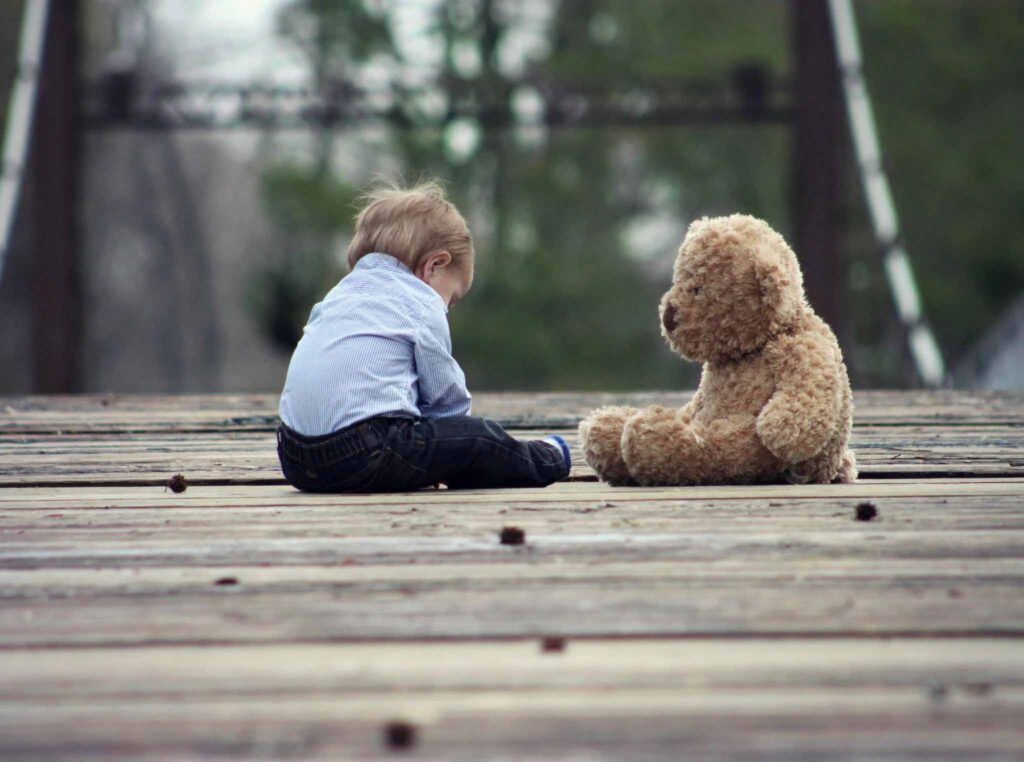
Children’s preferences drive trends in plush toys through affinity for familiarity, storytelling, and interactive play features.
- Character recognition: Kids prefer plush animals featured in their favorite shows and books, enhancing attachment.
- Size and safety considerations: Plush toys designed for easy handling and safe play increase popularity among younger age groups.
- Customization and personalization: Toys that can be customized with names or outfits are gaining traction with children and parents.
- Role in imaginative play: Plush animals that inspire creativity and storytelling become favored companions.
- Parental influence: Parents often choose plush toys based on educational or developmental benefits, impacting market trends.
| Factor | Description |
|---|---|
| Character Recognition | Kids prefer plush animals from favorite shows and books, strengthening emotional attachment |
| Size and Safety Considerations | Plush toys easy to handle and safe for play are favored by younger children |
| Customization and Personalization | Toys customizable with names or outfits are increasingly popular among kids and parents |
| Role in Imaginative Play | Plush animals that encourage creativity and storytelling become children’s favorites |
| Parental Influence | Parents select plush toys for educational and developmental value, influencing market trends |
4. Do trends and media impact the popularity of animal plush toys?
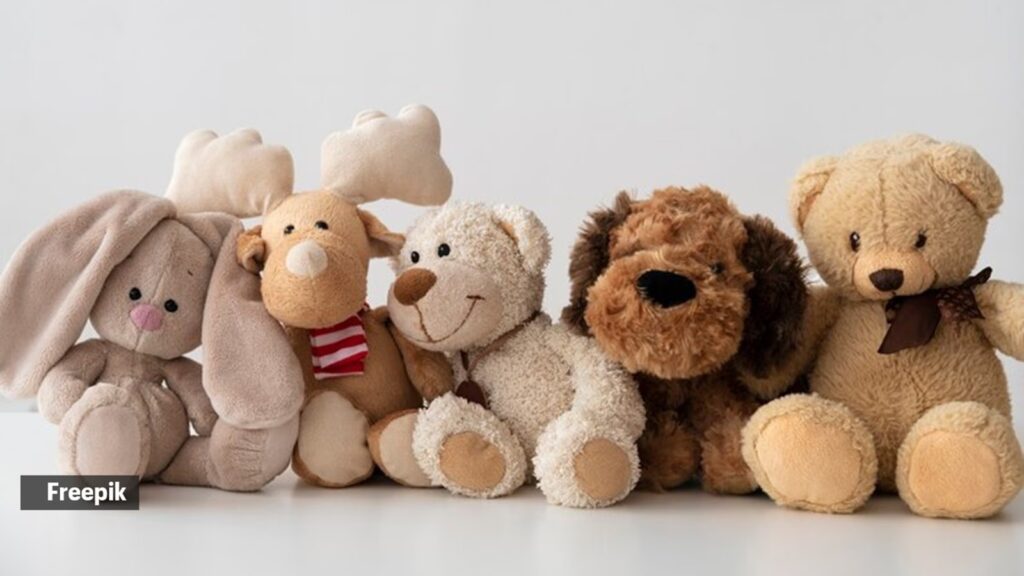
Absolutely, media exposure from films, TV shows, and viral social media posts greatly influence plush toy popularity and sales.
- Blockbuster movies and plush sales spikes: Franchises like “Frozen,” “Paw Patrol,” and “Pokémon” have driven huge demand for specific animal plush.
- Viral social media trends: Influencers showcasing unique plush toys create viral waves, affecting global consumer interest.
- Cross-promotion with merchandise: Plush toys tied to gaming, books, and apps create immersive brand experiences.
- Collectibility and exclusivity: Limited-edition plush toys linked to media events become prized possessions, driving secondary markets.
- Challenges of fleeting trends: While media can boost sales, sustained popularity depends on product quality and brand loyalty.
| Factor | Description |
|---|---|
| Blockbuster Movies & Sales | Franchises like “Frozen,” “Paw Patrol,” and “Pokémon” drive huge demand for specific animal plush |
| Viral Social Media Trends | Influencers showcasing unique plush toys create viral interest globally |
| Cross-Promotion with Merchandise | Plush toys linked to gaming, books, and apps enhance immersive brand experiences |
| Collectibility & Exclusivity | Limited-edition plush tied to media events become prized collectibles, fueling secondary markets |
| Challenges of Fleeting Trends | Media boosts sales short-term; long-term popularity relies on quality and brand loyalty |
5. Is sustainability becoming a key factor in choosing animal plush toys?

Yes, eco-conscious consumers increasingly demand plush toys made from sustainable, non-toxic materials and ethical production processes.
- Growing market for eco-friendly plush: Studies show a 20% annual increase in demand for organic cotton, recycled polyester, and biodegradable stuffing.
- Consumer awareness and brand responsibility: Brands highlighting sustainability gain trust and loyalty, especially among millennials and Gen Z parents.
- Certifications and standards: OEKO-TEX, GOTS, and FSC certifications influence purchasing decisions.
- Challenges in balancing cost and sustainability: While eco-friendly plush toys may cost more, consumers are willing to pay for quality and ethics.
- Future trends: Expect innovation in biodegradable plush materials and circular economy initiatives shaping plush toy production.
| Factor | Description |
|---|---|
| Growing Market for Eco-Friendly Plush | Demand for organic cotton, recycled polyester, and biodegradable stuffing grows 20% annually |
| Consumer Awareness & Brand Responsibility | Sustainability-focused brands earn trust, especially among millennials and Gen Z parents |
| Certifications and Standards | OEKO-TEX, GOTS, FSC certifications guide eco-conscious purchasing decisions |
| Cost vs. Sustainability Challenges | Eco-friendly plush may cost more, but consumers accept higher prices for quality and ethics |
| Future Trends | Innovations in biodegradable materials and circular economy models are shaping plush production |
6. Are there regional differences in the most common animal plush toys?

Yes, regional cultures, traditions, and market conditions create distinct preferences for animal plush toys worldwide.
- Asia’s love for kawaii characters: Japan and South Korea favor cute, stylized animals like rabbits and cats, often tied to anime culture.
- North American favorites: Classic teddy bears and wild animals like wolves and bears dominate due to cultural heritage.
- European variations: Plush toys representing folklore animals, such as foxes and deer, resonate with local traditions.
- Emerging markets: Growing middle-class populations in Africa and South America show increasing demand for educational and animal conservation-themed plush toys.
- Globalization and hybrid trends: Cross-cultural exchange is blending preferences, leading to fusion plush toy designs.
| Region | Common Animal Plush Preferences |
|---|---|
| Asia | Favor kawaii-style animals like rabbits and cats, influenced by anime culture |
| North America | Classic teddy bears and wild animals like wolves and bears dominate due to heritage |
| Europe | Plush toys of folklore animals such as foxes and deer resonate with traditions |
| Emerging Markets | Growing demand for educational and conservation-themed plush in Africa and South America |
| Globalization Effects | Cross-cultural exchange leads to hybrid and fusion plush toy designs |
Ready to customize your own popular animal plush?
Understanding the most common animal plush toys and the factors influencing their popularity empowers you to make smarter sourcing and product design decisions. At Kinwin, we specialize in custom plush toy manufacturing, combining advanced production equipment with strict quality control and eco-friendly materials to bring your unique ideas to life.
Contact Kinwin today for inquiries and custom plush toy solutions tailored to your brand and market needs. Let’s create the next beloved plush companion together!




